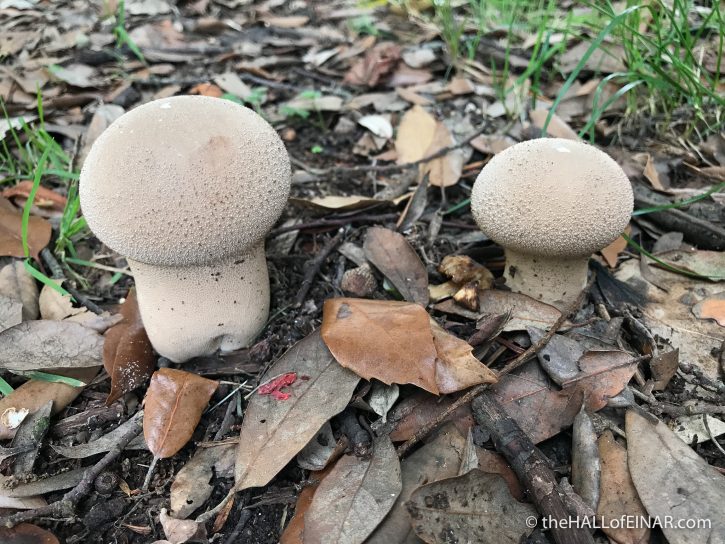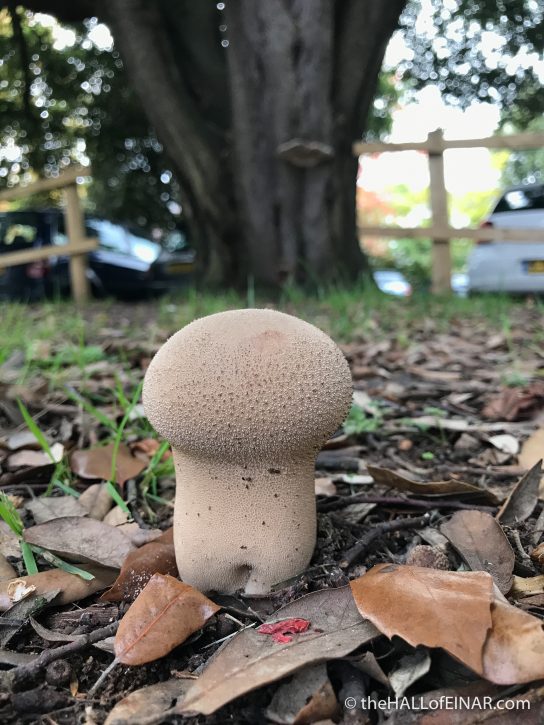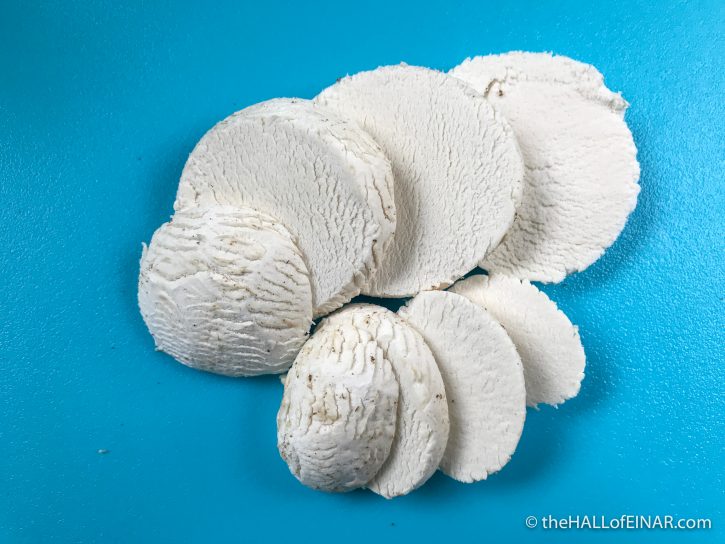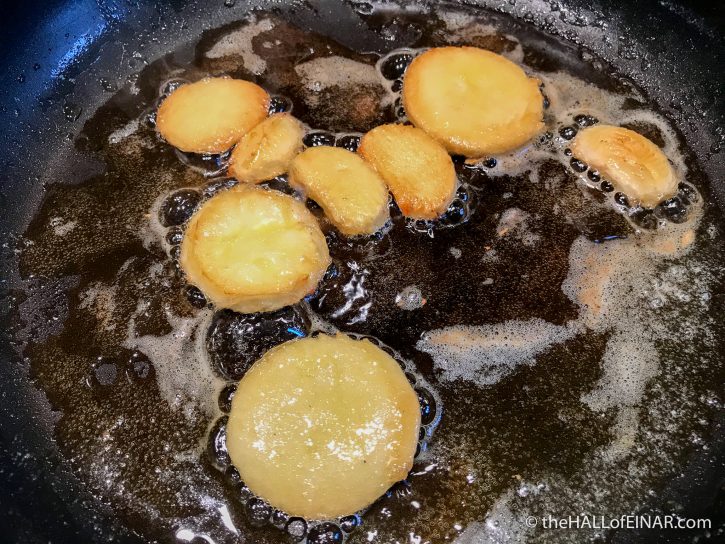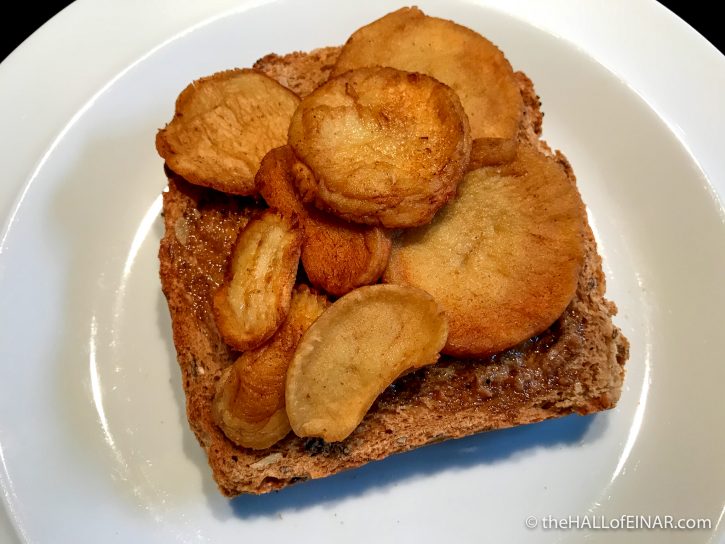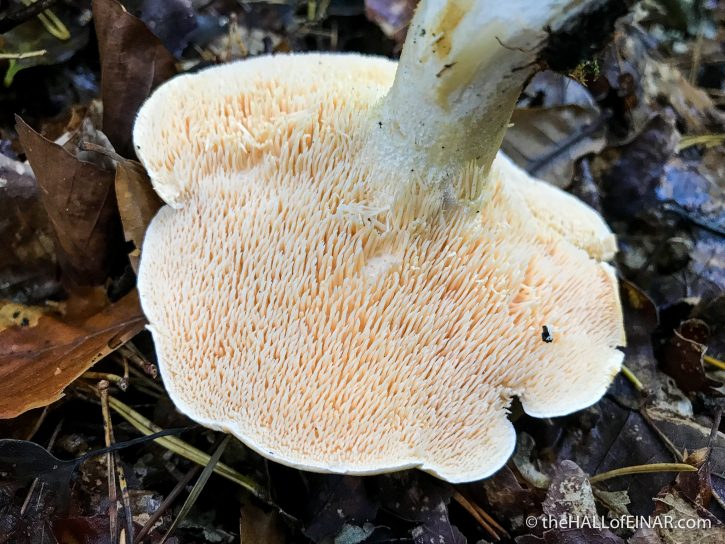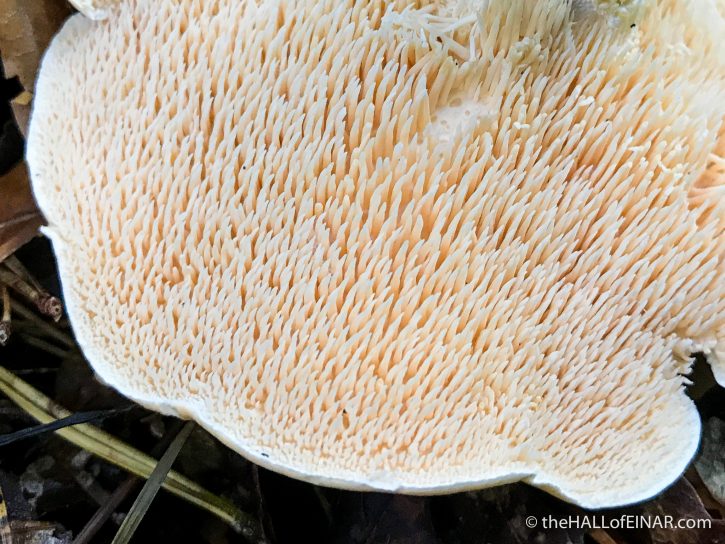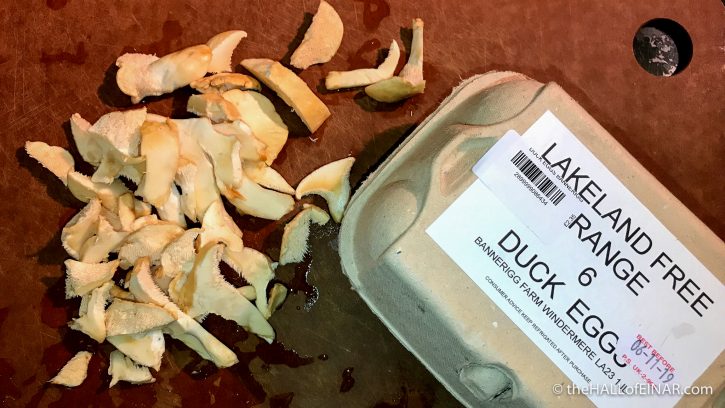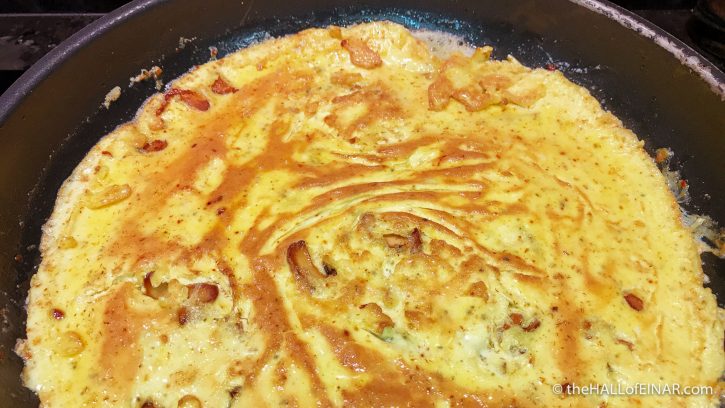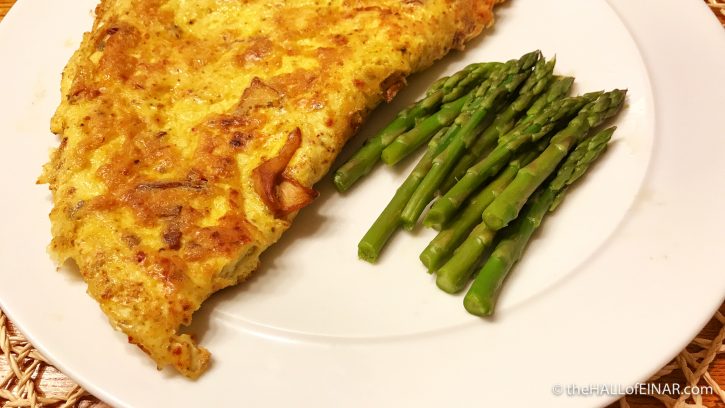Pestle Puffballs, Hedgehogs and Chanterelles
There are Pestle Puffballs in the churchyard outside my house in Devon. At least that’s what I think they are. I’d better put some effort into a precise identification if I’m going to eat them. Having said that, most UK puffball species are edible if you catch them young enough and you know what a puffball is.
I can’t wait to get these into the kitchen with a hot pan of olive oil and a knob of butter.
Delicious.
There’s one at Stover Park too. I’m tempted to leave it to produce spores but, given that it’s next to the path, I suspect it’ll be kicked to high heaven. That’s what happened to these beauties:
I may have to rescue it.
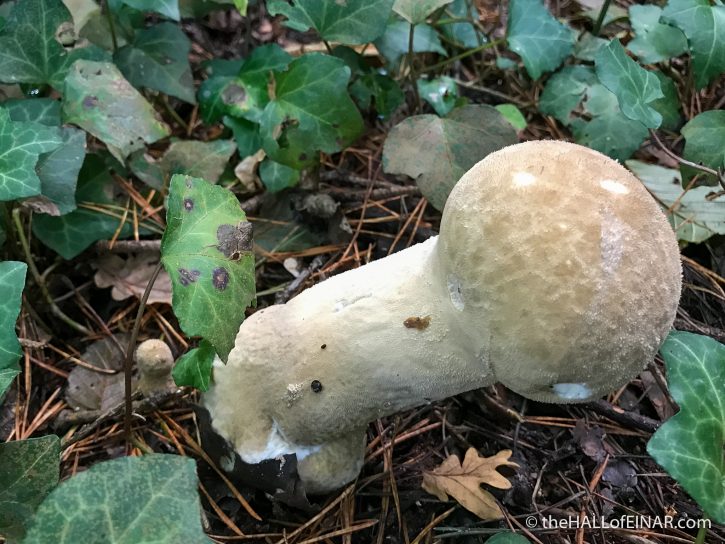
I can see why Lycoperdon excipuliforme is called the Pestle Puffball.
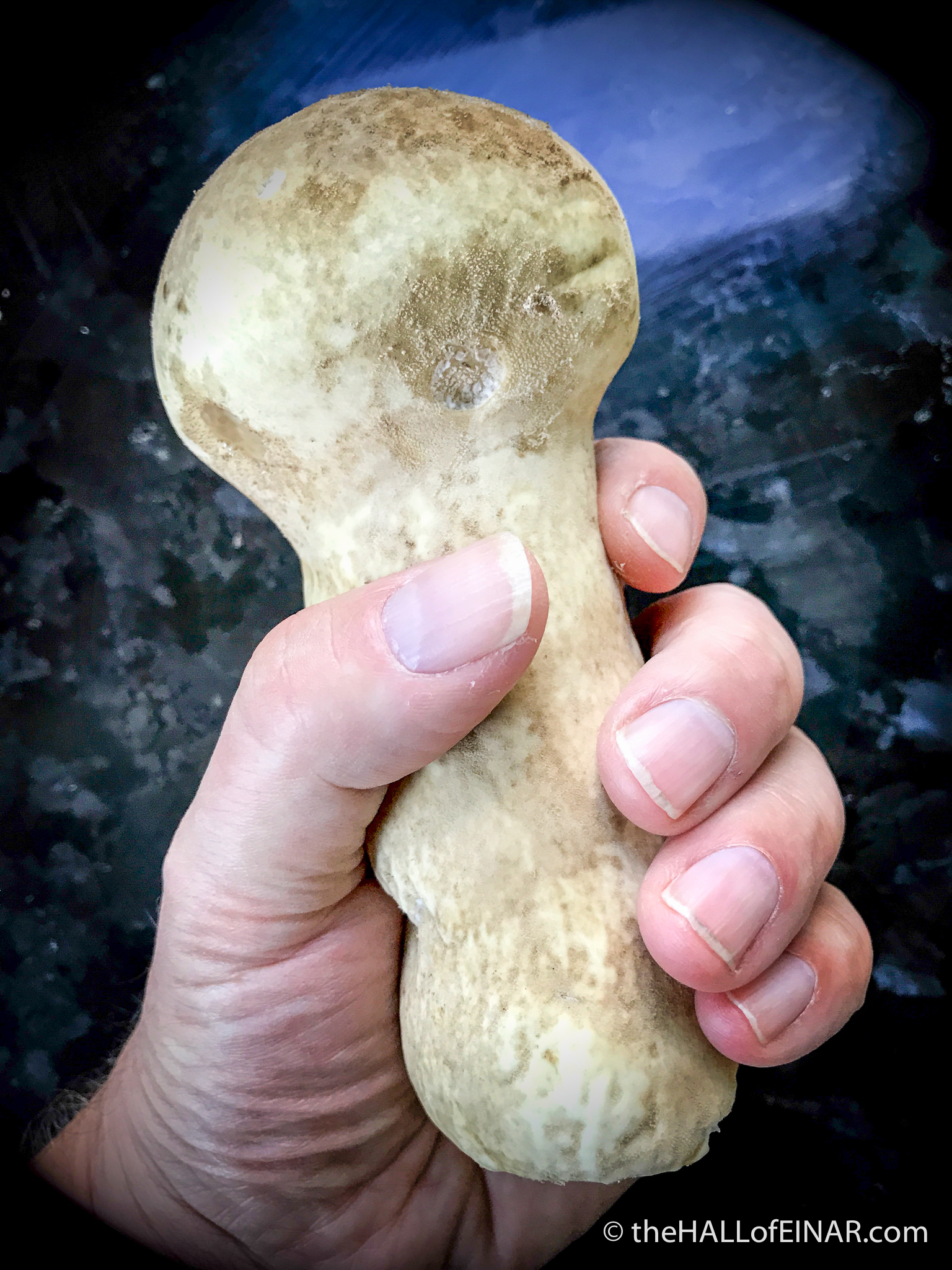
There are also Hedgehog Fungi growing in the woods. I love the spines underneath their caps.
And there are glorious Chanterelles with their golden eggy-yellow caps. They are meant to smell of apricots but all I ever get is a whiff of damp woods with a vague undertone of fruit.
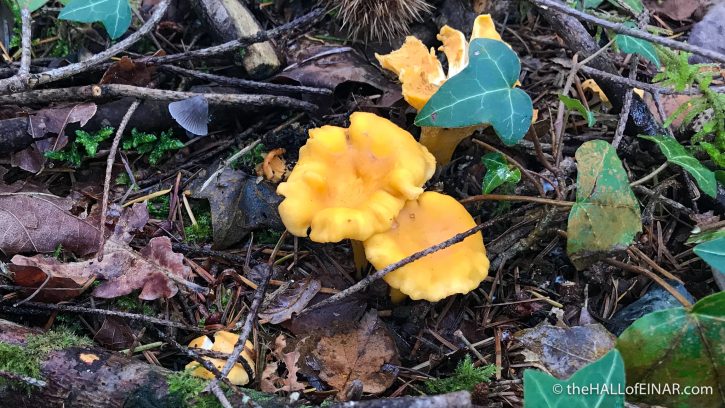
I tend to mix olive oil and butter to cook them because olive oil gives the temperature needed without burning and butter gives the flavour. If only farmers didn’t kill badgers to make butter cheaper.
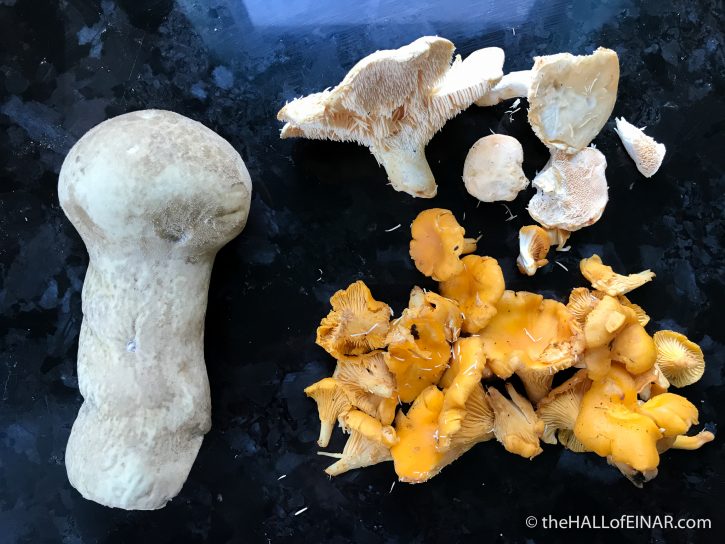
I can see a delicious duck egg omelette in my very near future.
It’s been a good year for Hedgehog fungi and another crop make their way into my bag:
Delicious.
